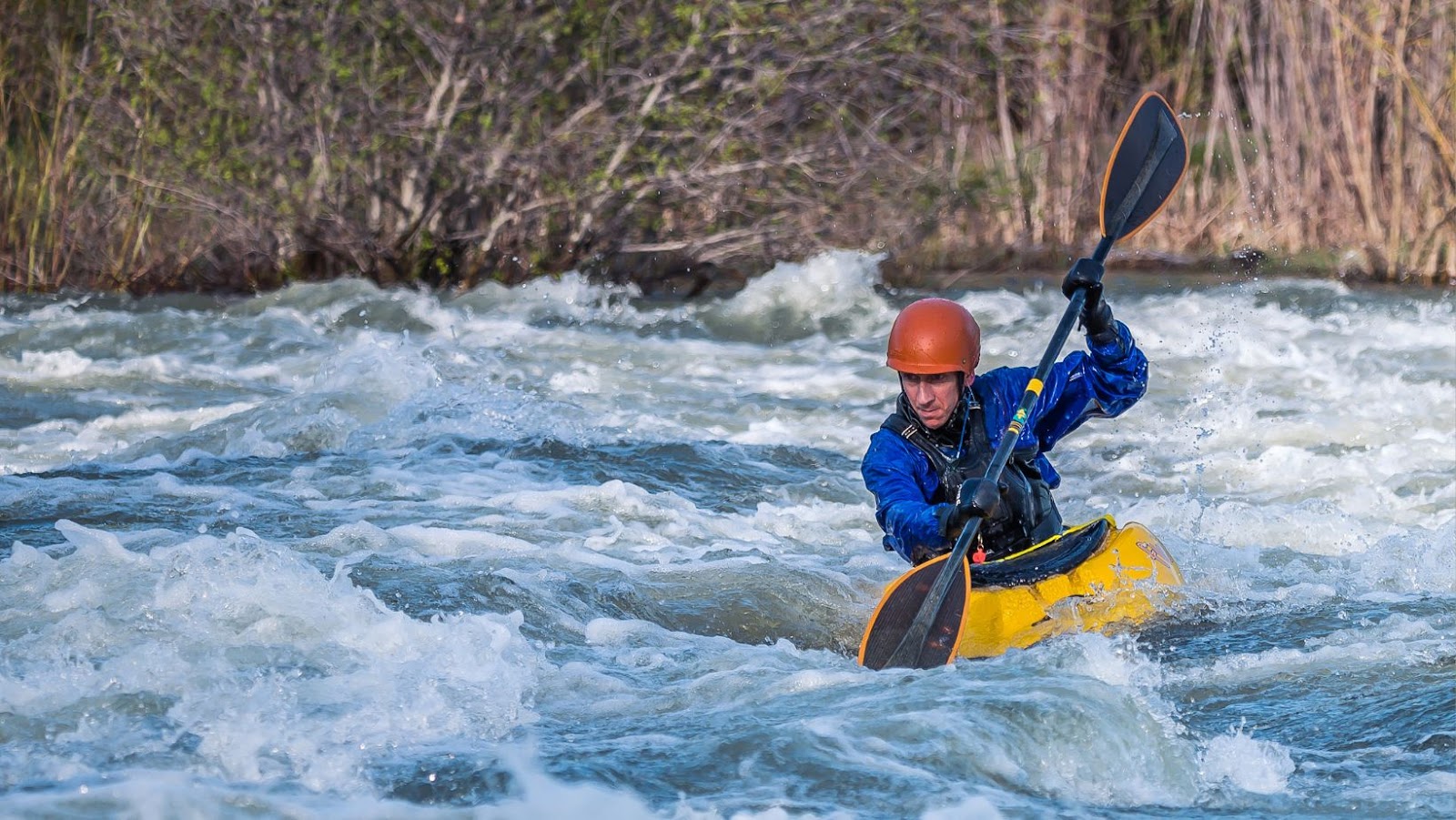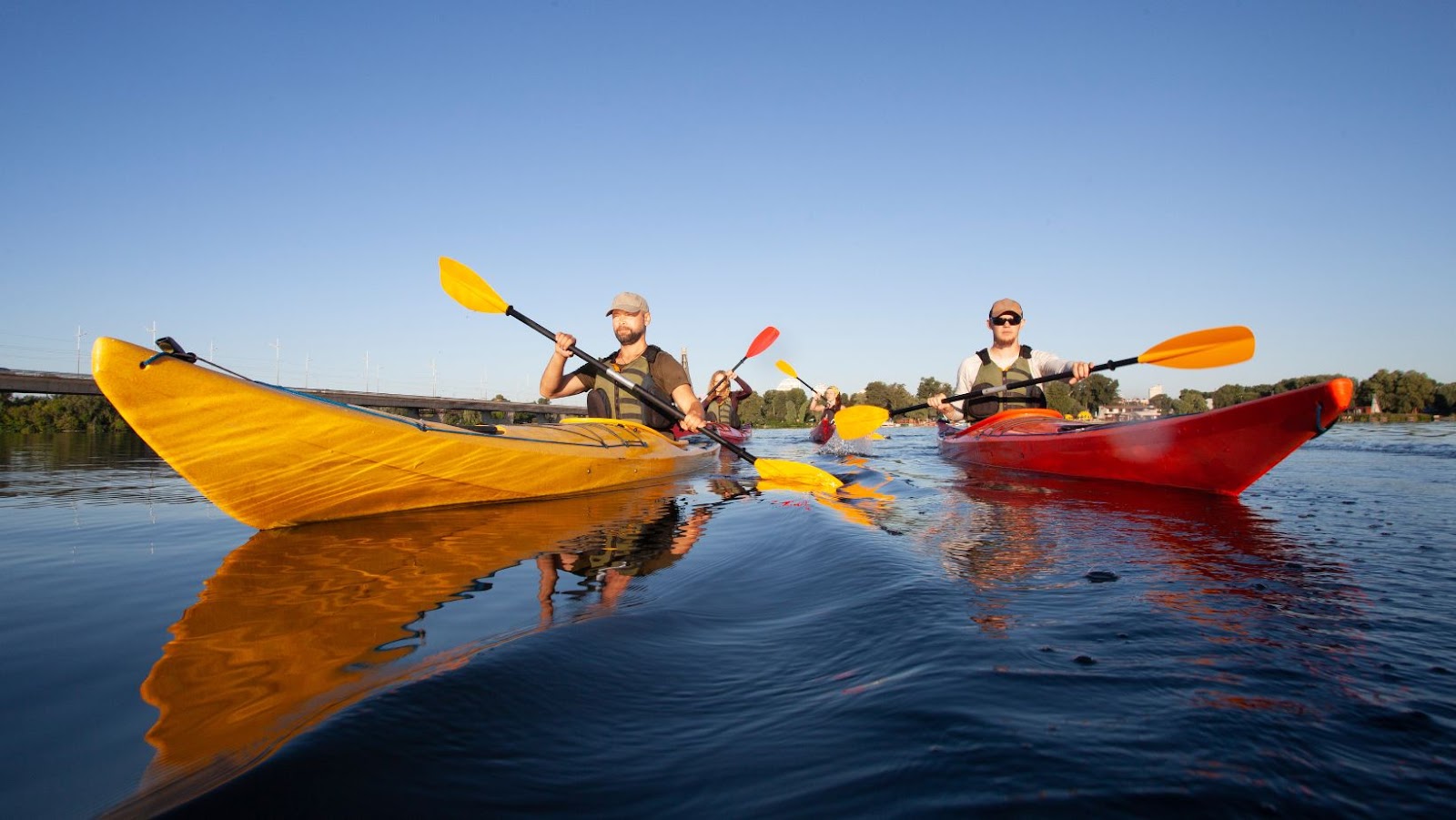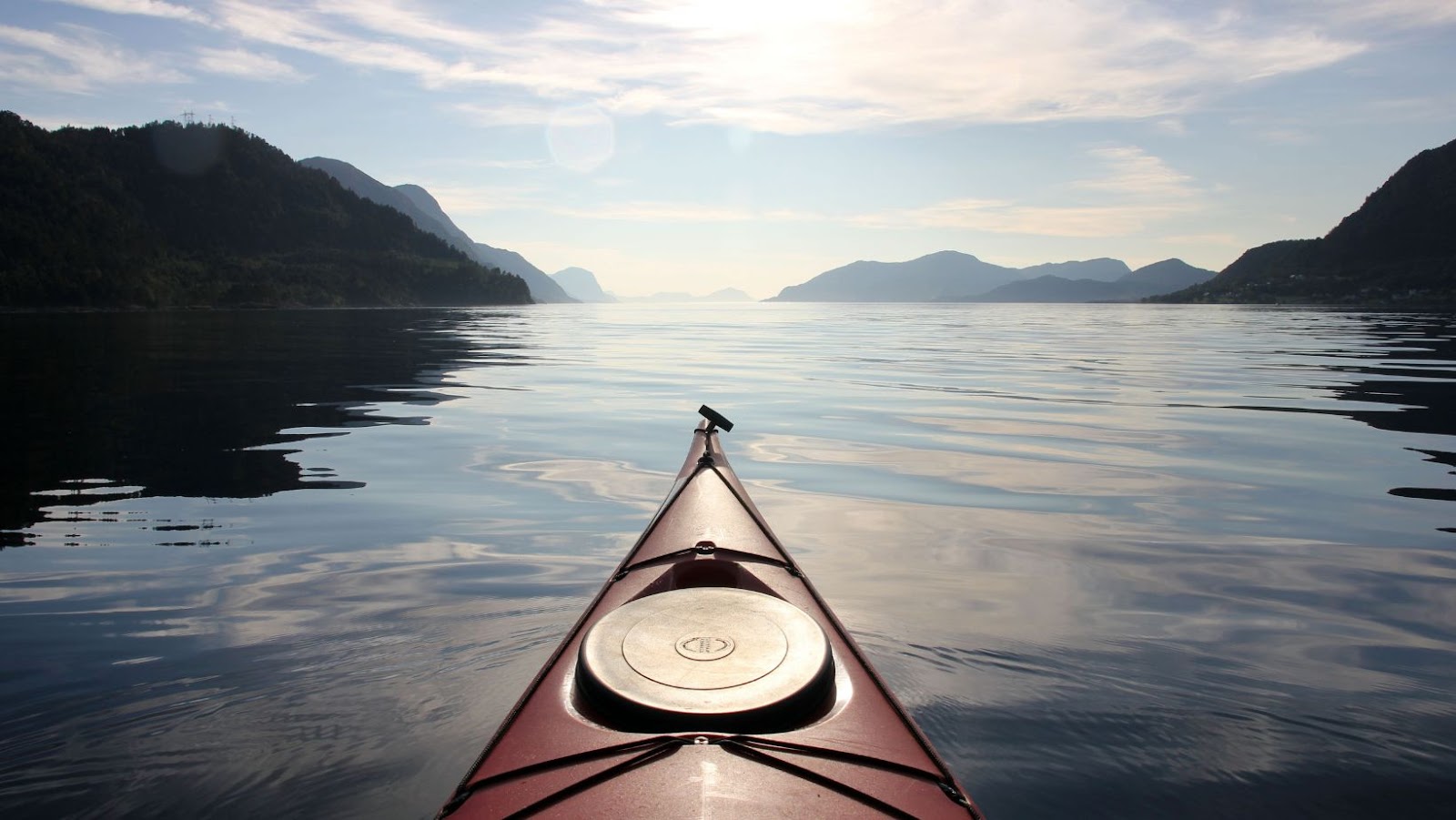
Are you looking to make the most of your kayaking trips this summer? Do you want to ensure a safe and enjoyable experience? You’re in luck – read on to learn what safety rules you should have for kayaking.
From wearing a life jacket, to avoiding strong currents, you’ll be better prepared for your next adventure!
What Are Some Safety Rules You Should Have When Kayaking
Kayaking is a popular outdoor activity that allows individuals to explore lakes and rivers while enjoying the fresh air and tranquillity of nature. While kayaking can be enjoyed as a leisurely activity, it’s important to remember that it should not be taken lightly. There are various safety rules that should always be taken into consideration before you set off on your kayak adventure.
This guide will provide you with an introduction to the safety guidelines that should be followed when kayaking, such as being aware of the environment, dressing for success, and bringing essential supplies with you. Accidents can happen quickly in or near the water, so it’s essential to have knowledge about kayaking safety before heading out into open waters.
Packing the Right Gear
Once you’ve acquired a kayak and the appropriate safety gear, it’s important to know what to pack for an enjoyable and safe outing. Here are some tips for making sure you have everything you need:
● Life Jacket- Always wear a properly fitted U.S. Coast Guard-approved life jacket designed for kayaks when kayaking or canoeing, preferably one with shoulder straps to keep it comfortable while paddling.
● Helmet- A good helmet can protect your head from collisions with rocks, low-hanging branches or any other hard objects in the water. Choose a helmet made of durable materials that is well ventilated and fits snugly but comfortably.
● Lights- If you plan on paddling after dark, carry bright bi-color lights to help you maintain your visibility on the water and so larger boats can see you from farther away.
● First Aid Kit – A well stocked first aid kit is essential for every trip so be sure to include items like bandages, wound cleanser and adhesive tape in your 60 liter dry bag.
● Map & Compass – Bring a map of the area so you can plan your route ahead of time, as well as carry maps that detail local marine activity marked with buoys, channels etc., Star Cards as backup navigation tool if GPS fails as well as a whistle in case of emergency signaling are some must haves that should be stored away in your dry bag prior to launching into the waters.
Kayak Safety Rules
When kayaking, it is important to follow basic safety rules in order to ensure a safe and enjoyable journey. Here are a few tips for staying safe while kayaking:
• Wear a life jacket or personal flotation device (PFD) at all times – Make sure you wear the proper size life jacket and that it is properly fastened. It’s important to remember that even if you are an experienced swimmer, you should still wear a PFD; accidents can occur when least expected.
• Dress appropriately – Make sure you dress in clothes made from materials that will dry quickly in case you need to unexpectedly get into the water. Also, consider wearing layers so that as the weather changes and your body temperature rises or drops, you will be able to adjust your clothing accordingly.
• Avoid paddling alone – It can be tempting to take some time to paddle alone, but make sure there is at least one other person with you who knows where you are going before venturing out on the water by yourself.
• Checktheweather- Before heading out on your kayak trip, always check the weather forecast as inclement weather can cause dangerous conditions for paddlers.
• Maintain control – When navigating through moving or standing bodies of water use proper paddle techniques to stay in control and avoid disturbing other boats or people around you.
• Stay alert – Always be aware of your surroundings when on the water; be prepared for dangerous wildlife or debris in the water, unexpected wake from passing vessels, unstable currents and more.
Taking these simple measures can help prevent unfortunate incidents throughout your kayak adventure!
Weather and Water Conditions
When kayaking, it is important to pay special attention to the weather and water conditions. Severe storms can cause dangerous conditions which can quickly lead to capsizing and hypothermia. Pay attention to the weather forecast for the day and plan accordingly. Also watch for rapid changes in water conditions that could indicate an approaching storm system.
Another factor to consider when kayaking is the water itself – its depth, speed and type of bottom should be taken into account before heading out. Before launching your boat, be aware of any rocks or shallow areas which might cause difficult situations as well as debris or underwater obstacles which may be submerged beneath the surface. Additionally, you should have a basic understanding of currents that may affect your navigation route from one point to another.

Finally, pay special attention to tides if you’re planning on canoeing near tidal waters such as oceans or estuaries – even seemingly small differences in tide levels can make a big difference in terms of both difficulty and safety during your paddling excursion. Be sure to check tidal levels before getting underway so you’re prepared for what lies ahead!
Navigating Hazards
Whether you are a recreational or experienced kayaker, it is essential that you take the necessary safety measures before paddling. Before heading into open water, make sure to check the weather forecast and understand the local area to identify any potential hazards that could put yourself and others at risk.
When navigating different types of bodies of water such as rivers or oceans, anticipate changes in current, debris, and various other obstacles that could increase your risk while kayaking. Additionally, be aware of any environmental factors like boat traffic, animals, plants and toxins. Appropriate navigation helps to reduce risks associated with each of these potential hazards.
You may encounter strong winds which propel your boat in potentially dangerous directions or cause high waves and rapids along with quick currents – which can shove you off course and out of control. If this happens while kayaking in a river with overhanging trees or rocks due to dangerous rapids; as experienced kayakers know – it is important to get back into calm waters away from obstructions before attempting to right your boat again.
It is important to have the proper gear on board – such as whistles for signaling boats nearby; bright colored clothing for signaling distress if necessary; air horns for more distant vessels; and throwable floats for helping those who have fallen overboard back into their boat (including ones like buoyant cushions). Some waterways require lights on deck after dark hours so check with local rules prior to venture out past evening fall/dusk. Lastly make sure everyone onboard wears life jackets/preservers at all times near waterway boundaries– these may help save lives should accidents happen downstream!
Knowing Your Limits
One of the most important factors when considering your safety while kayaking is knowing your own limits. Kayaking can be both a physically and mentally demanding activity depending on the type of kayaking you are doing and the conditions you find yourself in. It is important to take these considerations into account when preparing for a day out on the water – if you feel uncomfortable with certain conditions, don’t push yourself past these points, rather find an alternate activity or adjust the route.
In addition to understanding your own limits, it is important to be aware of those around you and their capabilities. Keeping an eye out for any potential hazards and educating fellow paddlers on safety protocol is always beneficial to ensure everyone stays safe.
It’s also critical not to overestimate your abilities; don’t attempt more difficult areas until you have practiced basic skills like boat control, reading water and dealing with capsizes away from challenging conditions first. Personal flotation devices should be worn at all times while kayaking as they provide crucial buoyancy should anything go wrong and drowning should never be an option due to being unprepared!
What to Do in an Emergency
Safety is always a priority when kayaking, and being aware of potential emergencies is important to ensure your safety. Here are some best practices when considering an emergency situation:
1. Know the water, your skill level, and the conditions before you get on the water; this includes checking for tides, currents, and weather forecasts.
2. Don’t overextend your distances – set up a planned return time with a companion in order to keep track of time on the water.
3. Prepare an emergency kit that contains perishable items like food and extra clothing as well as items like flares or a whistle in case you need to signal for help.
4.Have an emergency plan that includes different scenarios of what may happen; know proper evacuation routes, safety resource centers close by, or trusted contacts in case of an emergency that can help you out if needed.
5. Always wear a lifejacket; it may not be required by law in all areas but can be essential in the event of an unforeseen complication or accident while kayaking on open water or rough waters such as oceans or large lakes/rivers where waves and swells could become dangerous unexpectedly.

It is important to remember to keep safety in mind when kayaking. Whenever you’re out on the water, practice good judgment and follow the golden rule: Stop and think before acting. Knowing the basics of kayaking, such as boat control, proper rescue techniques, and understanding the environment you are paddling in, can help make your time in a kayak a safer one.
Lastly, always wear safety devices such as life jackets and helmets when on the water – whether you’re leisurely paddling or racing down whitewater rapids. Taking some simple preventive steps can ensure that your time on the water is enjoyable and free of unwanted incidents.




